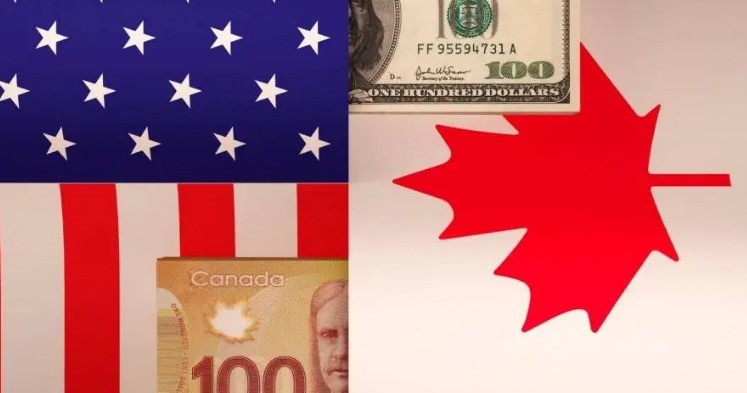
American President, Donald Trump, said on Thursday that the US would introduce a 35% tariff on goods being imported into the US from Canada starting from August 1.
The move represents a major escalation of trade conflicts between two of North America’s largest and most closely linked economies.
In a late Thursday letter, Trump said the new tariff would apply broadly to Canadian goods. While he did not provide a detailed breakdown of affected products, trade experts believe that critical sectors like auto manufacturing, lumber, steel, and agriculture will likely face the brunt of the duties.
The communication is a sharp break from decades of US-Canada trade cooperation. There was no hint of exemptions or negotiations.
Canada is the United States’ second-largest trading partner, with a historically unique and deeply integrated relationship between the two countries. The two countries move nearly $2 billion of goods and services across their border daily.
Both countries do extensive business with each other and rely heavily on cross-border supply chains, especially in manufacturing, energy, and food products.
Trump expands tariff threat globally
The hard line Trump’s taking on Canada is only one element in a bigger tariff strategy. In an interview with NBC News on Thursday, Trump said that all countries that have not been formally informed of new rates for certain tariffs would face a blanket range of tariffs from 15% to 20%.
“We’re just going to say all the remaining countries will pay, whether 20 percent or 15 percent. We’ll work that out now,” Trump said on NBC.
The statement forewarns a return to a broad reimposition of trade barriers like his first administration. Throughout his presidency, Trump imposed tariffs to gain leverage in trade wars, even using economic muscle on traditional partners.
Though some critics viewed the strategy as an economic gamble and a blow to American diplomacy, Trump defended it, saying the tariffs had been effective. He claimed the tariffs have done great, and added that the stock market had reached a new high, though he did not specify which sectors had benefited.
Traders respond to tariff shock, sell the Canadian dollar
Financial markets also reacted swiftly to the news. After the announcement, the Canadian dollar was down about 0.3% against its US counterpart. Investors are also pricing in the risk of disruptions to cross-border trade and uncertainty over future US trade policy.
The strains on Canada’s largest stock market were apparent early Friday, when shares in the relatively export-dependent automaking and raw-materials sectors plunged. Analysts cautioned that an extended trade standoff could hurt businesses on both sides of the border, Canada and the United States.
No official response from the Canadian government was available on Friday morning. However, political observers predict a swift and harsh response from Prime Minister Justin Trudeau’s government.
Canada has already used retaliatory tariffs on US goods and brought complaints to the World Trade Organization in previous exchanges with the Trump administration. Many expect such measures to be taken again.
If enacted, the 35% would radically reshape the North American trade picture and create major uncertainty for companies, workers, and ordinary citizens.
* The content presented above, whether from a third party or not, is considered as general advice only. This article should not be construed as containing investment advice, investment recommendations, an offer of or solicitation for any transactions in financial instruments.


